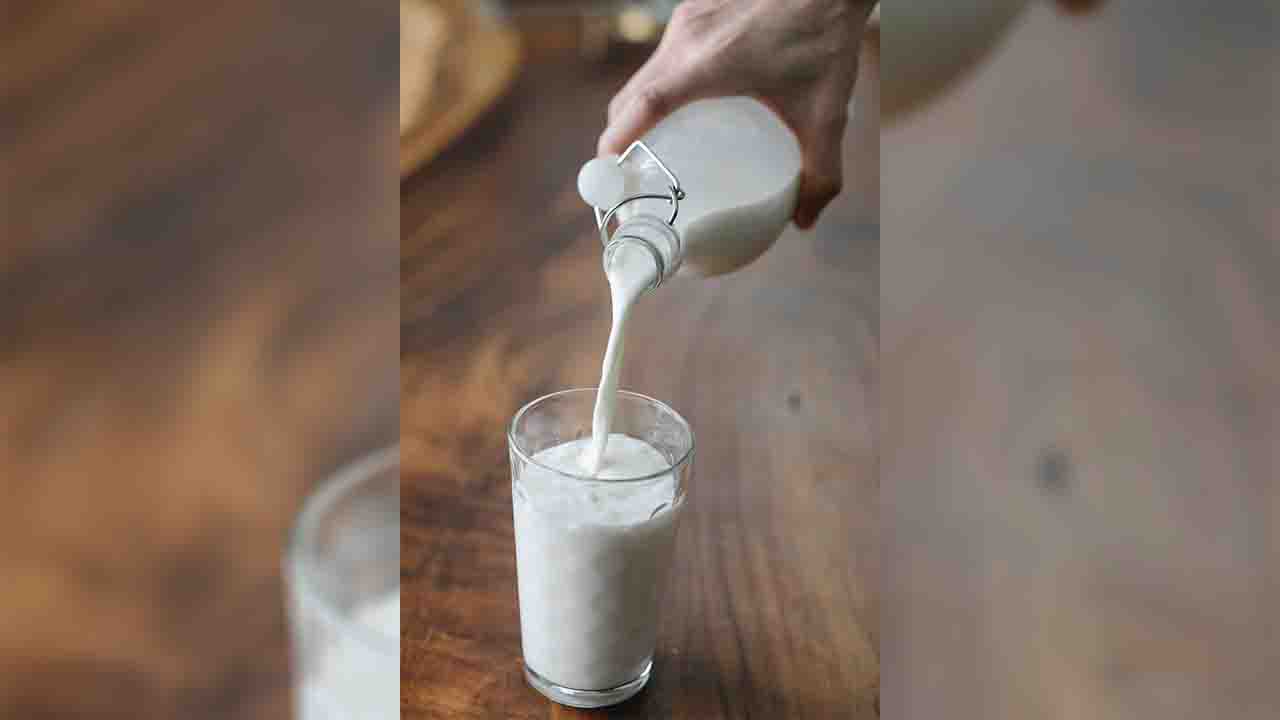Health & Medicine, UK (Commonwealth Union) – Researchers from the University College London (UCL) have found that bandages filled with the protein casein significantly enhanced wound healing in rats when contrasted to those from control groups.
Casein, derived from the Latin word “caseus” meaning cheese, is a family of phosphoproteins found in cow’s milk. It constitutes about 80% of the total protein content in cow’s milk and varies slightly in different species. Casein proteins are composed of various subtypes, with the most abundant being alpha-casein, beta-casein, and kappa-casein. These proteins are intricately folded, and their structure is stabilized by calcium phosphate clusters, giving them the ability to bind together and form micelles.
In a recent publication featured in Interface, researchers have conducted a groundbreaking study that delves into the potential healing properties of casein, a protein abundant in mammalian milk. This study marks the first instance of investigating casein’s reputed therapeutic advantages using an animal model. The findings are promising, suggesting that casein, which boasts affordability, widespread availability, and antimicrobial attributes, could serve as a viable substitute for costly materials like silver in wound dressings.
Casein, constituting a significant portion of cow’s milk – up to 80% – is generating mounting interest due to its antimicrobial, antioxidant, and anti-inflammatory attributes. Furthermore, it has garnered attention as a valuable high-protein dietary supplement in the past decade.
In the course of this study, scientists at UCL blended pure casein with polycaprolactone (PCL), a biodegradable polyester frequently employed in bandage fabrication. Employing a method known as pressurized gyration, initially developed at UCL in 2013, they spun this amalgamation into fibers resembling bandages. This innovative approach, distinct from more expensive techniques like electrospinning, allowed for the creation of casein-infused bandages.
The research subjects, rats with uniform small skin perforations, were divided into 3 groups. The first group received treatment with casein-infused bandages, the second with standard PCL bandages, and the third with no bandages as a control.
To monitor the progress of healing, assessments were conducted after three, seven, 10, and 14 days. This involved both photography and measurements of the wounds, alongside microscopic examinations.
Remarkably, the team observed that after 14 days, wounds treated with casein-infused bandages had healed to a mere 5.2% of their original size. This contrasted significantly with the 31.1% healing in the group treated with regular bandages and the 45.6% healing in the untreated group.
Further analyses confirmed the non-toxic nature of the casein bandages, and it was evident that levels of immune-related molecules were substantially lower around the wounds that had been treated with them. These findings underscore not only the potential efficacy of casein-infused bandages but also their compatibility with the body’s immune response.
This pioneering study showcases the remarkable healing potential of casein, shedding light on its role as a cost-effective and potent alternative to conventional wound dressing materials. As research in this field continues to unfold, the multifaceted attributes of casein are poised to revolutionize wound care and open new avenues for advanced medical treatments.
Within natural materials lie an array of remarkable attributes, some of which remain unexplored. Casein, renowned for its purported healing qualities, has held our attention, and our findings underscore its considerable potential for integration into medical contexts, particularly wound dressings. While further research is imperative to establish the safety and efficacy of casein dressings in human applications, these preliminary outcomes paint an encouraging picture. Dr. Jubair Ahmed, the lead author of the study and affiliated with UCL Mechanical Engineering, elaborated on these promising initial insights.
Professor Mohan Edirisinghe of the UCL Mechanical Engineering, who is a senior author of the study, says “All the research so far suggests that casein has wound healing potential, but at the moment we don’t really know why in any great detail. Casein has antimicrobial and anti-inflammatory properties, which may certainly play a part. The next step will be to understand the biological interactions taking place before we can consider clinical trials in humans.”








